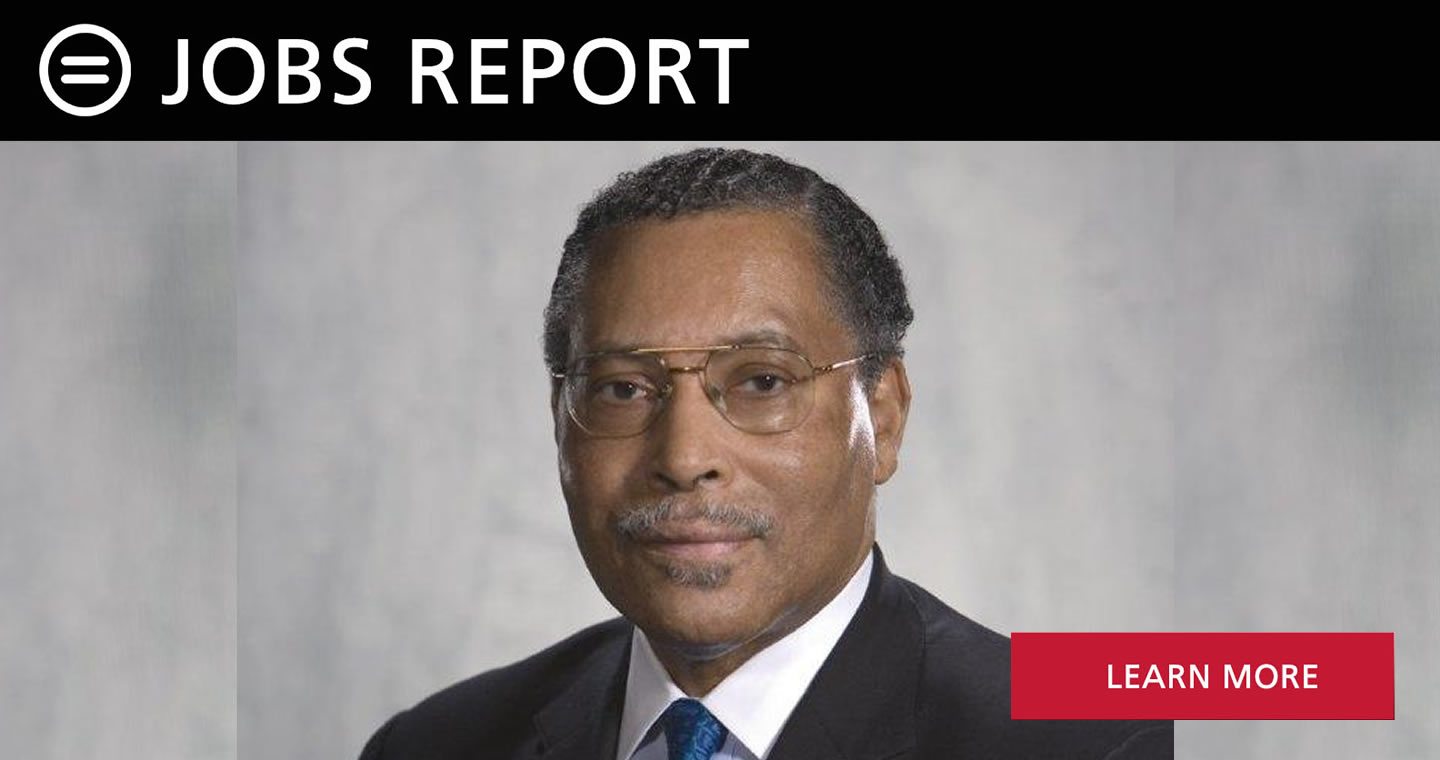October Jobs Report: Sustained Job Creation has Led to a Narrowing of the Unemployment Gap

By Bernard E. Anderson, PhD
Whitney M. Young Professor Emeritus, The Wharton School of the University of Pennsylvania
Chief Economic Advisor, National Urban League
Steady, sustained job creation has led to a narrowing of the unemployment gap between white and Black Americans, the October Jobs Report shows.
While the Black unemployment rate has steadily fallen over the last decade, it generally remained about twice the rate for whites. However, in October , the Black unemployment rate declined by 0.1 of a percentage point to 5.4 %, while the white unemployment rate remained unchanged at 3.2%. This has resulted in a Black-white unemployment gap of 1.69, measurably lower than the 2:1 ratio that persisted for most of the last two decades in good times and bad.
The overall unemployment rate ticked up to 3.6% in October, with private sector employment growing by 131,000 jobs. The growth was concentrated in professional and business services, education and health care, and leisure and hospitality industries. Notably, manufacturing employment continued to lag, but the decline of 36,000 jobs in manufacturing employment reflected the 40 day General Motors strike.
Over the last 3 months, average monthly job creation was 176,000 .
Household spending remains strong , but business investment continues to lag because of the U.S. -China trade war, persistent slow growth in the Eurozone , and uncertainty about the impact of the imminent withdrawal of Britain from the European Union.
Average hourly earnings rose 6 cents to $ 28.18, a 3.0 % increase in wages over the last year. Inflation remains in the neighborhood of 2.0 %, the Federal Reserve’s target rate for influencing interest rate adjustments.
In short, the strong labor market is being driven by consumer spending as economic growth remains on a moderate pace. The economy is projected to continue growing at a modest pace despite lagging business investment and exports. But slower growth does not mean a recession. Under current conditions, there is less than a 50% likelihood of a recession in 2020. Stronger economic growth requires a resolution of the trade war, and a revival of business investment.

